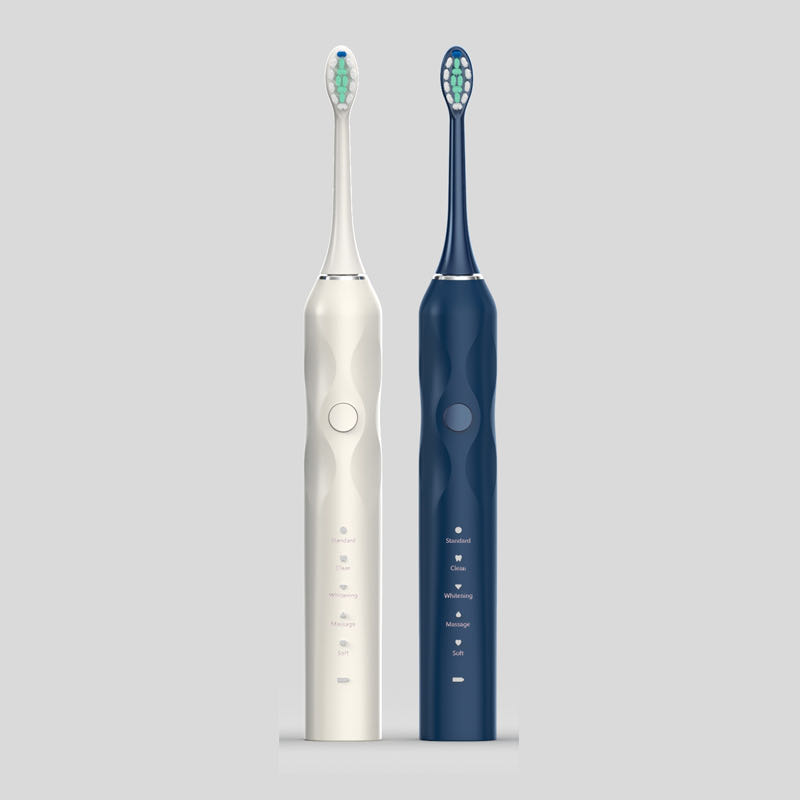When it comes to oral hygiene, brushing your teeth is an essential part of keeping your teeth and gums healthy. But which type of toothbrush is better for removing plaque – a manual toothbrush or a sonic toothbrush?
A sonic toothbrush is a type of electric toothbrush that uses high-frequency vibrations to clean teeth. The bristles of a sonic toothbrush vibrate at a rate of 30,000 to 40,000 strokes per minute, creating a cleaning action that can reach deeper into the spaces between teeth and along the gum line. A manual toothbrush relies on the user to provide the cleaning action, manually moving the bristles in a circular or back-and-forth motion to remove plaque and food particles.

Numerous studies have compared the effectiveness of sonic toothbrushes and manual toothbrushes in removing plaque. One 2014 study published in the Journal of Clinical Periodontology found that a sonic toothbrush led to a 29% reduction in plaque, while a manual toothbrush led to a 22% reduction in plaque. Another study published in the American Journal of Dentistry found that the sonic toothbrush was significantly more effective in reducing plaque and improving gum health than the manual toothbrush.
But why are sonic toothbrushes more effective? The high frequency of the vibrations creates a fluid dynamic that helps to loosen and remove plaque and bacteria from the teeth and gums. This vibration also creates a secondary cleaning effect called acoustic streaming. Acoustic streaming causes fluids, like saliva and toothpaste, to move in the mouth and effectively clean areas that are not reached by the bristles. In contrast, manual toothbrushes can be less effective in reaching the nooks and crannies between teeth, making it more difficult to remove plaque.
Sonic toothbrushes also provide a more thorough cleaning than manual toothbrushes, reaching deeper into the spaces between teeth and along the gum line. This is especially important for individuals with braces, dental implants, or other dental work, as sonic toothbrushes can more easily clean around these areas than manual toothbrushes.
In addition to being more effective in removing plaque, sonic toothbrushes can also improve gum health by reducing inflammation and bleeding. A study published in the American Journal of Dentistry found that using a sonic toothbrush for 12 weeks led to a significant reduction in gum inflammation and bleeding compared to a manual toothbrush.
Sonic toothbrushes are also easy to use and require less effort than manual toothbrushes. With a sonic toothbrush, the bristles do most of the work, so you don’t need to apply as much pressure or move the toothbrush as much. This can make brushing more comfortable, especially for individuals with arthritis or other conditions that make manual brushing difficult.
One potential downside of sonic toothbrushes is that they can be more expensive than manual toothbrushes. However, the benefits of improved oral hygiene and gum health may outweigh the cost for some individuals.
In conclusion, numerous studies have shown that sonic toothbrushes are more effective in removing plaque and improving oral health than manual toothbrushes. Sonic toothbrushes provide a more thorough cleaning, can reach deeper into the spaces between teeth and along the gum line, and can improve gum health by reducing inflammation and bleeding. While they may be more expensive than manual toothbrushes, the benefits may be worth it for individuals looking to improve their oral hygiene.
Post time: Apr-15-2023






